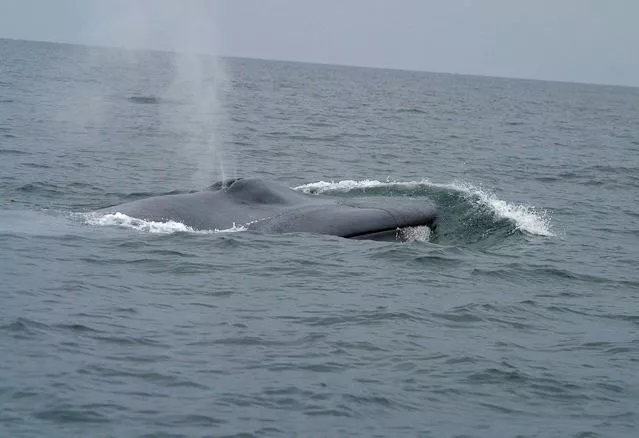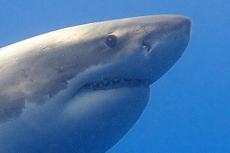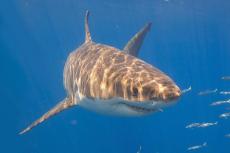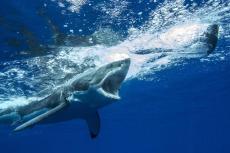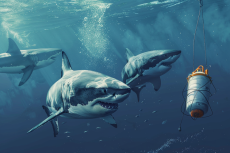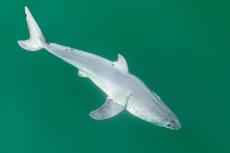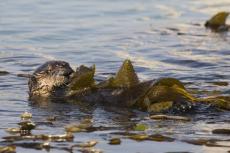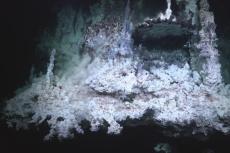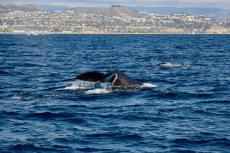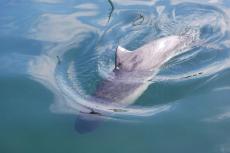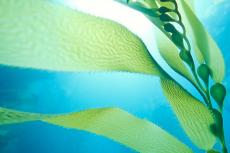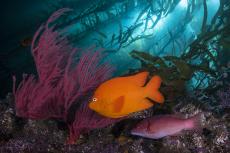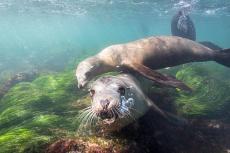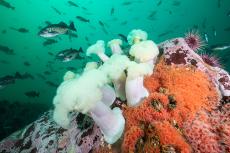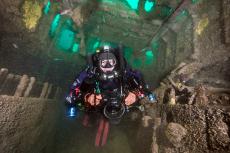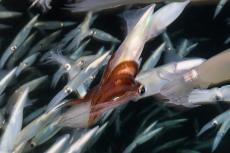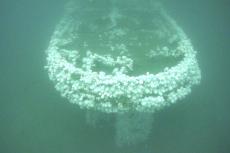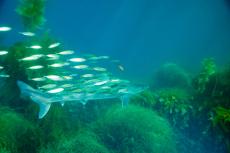Feeding strategies of blue whales revealed
A study has revealed that blue whales hunt in different ways depending on the amount of prey in the vicinity.
Scientists studying blue whales off California's coast discovered that blue whales modify the intensity of their efforts when hunting krill in order to conserve energy.
"We found that blue whales have a complex strategy of switching from conserving oxygen when prey quality is low, to intense foraging at the expense of oxygen when prey quality is high," said Elliott Hazen, research ecologist at the U.S. NOAA Fisheries' Southwest Fisheries Science Center and lead author of the study.
Four tons
Blue whales can consume up to four tons of krill every day. They do this by swimming through massive patches of krill with their mouth open, taking in mouthfuls of seawater (containing krill) and then forcing the water out through their baleen, which trap the krill.
Called lunge-feeding, this uses up lots of energy, but the energy loss is compensated by the large amount of krill consumed.
In the study, in areas where the krill is less dense, blue whales fed less frequently to conserve their oxygen and energy use for future dives. In areas where there were more krill, they practised lunge-feeding more often.
"The magic number for krill seems to be about 100 to 200 individuals in a cubic metre of water. If it's below that range, blue whales use a strategy to conserve ocygen and feed less frequently. If it's above that, they'll feed at very high rates and invest more effort," said Hazen.
Principal investigator at Oregon State University's Marine Mammal Institute and co-author Ari Friedlaender added, "Blue whales are much more actively assessing their environment and taking advantage of prey in ways that were unknown before, to maximise energy gain."
- Log in to post comments


